You vacuum your floors, wipe the counters, and keep your home looking clean, but what about your couch? Hidden inside cushions and fabric are millions of tiny particles you can’t see: dust mites, pollen, pet dander, bacteria, and mold spores. Over time, these allergens can trigger sneezing, coughing, itchy eyes, and worsen asthma symptoms. So, could your couch be making you sick? Let’s explore the truth about upholstery allergens and what you can do to protect your health.
What’s Hiding Inside Your Couch?
Your sofa acts like a giant filter, trapping everything that floats in your indoor air, including:
Dust mites and their waste
Pet hair and dander
Pollen brought in from outside
Bacteria and viruses
Mold spores, especially in damp climates
Food crumbs and oils that feed bacteria
Unlike smooth surfaces, you can quickly wipe upholstery fabric and foam, trapping these allergens deep inside, making them harder to remove.
How Upholstery Allergens Affect Your Health
When you sit, lie down, or even walk by, allergens trapped in your furniture get disturbed and become airborne again. Breathing in these particles can lead to:
- Sneezing, runny nose, and watery eyes
- Coughing and throat irritation
- Skin rashes or itchiness
- Worsened asthma or allergy attacks
- Headaches and fatigue
For allergy sufferers, kids, or anyone with a compromised immune system, dirty upholstery can be a serious health risk rather than just an aesthetic concern.
Why Regular Cleaning Often Isn’t Enough
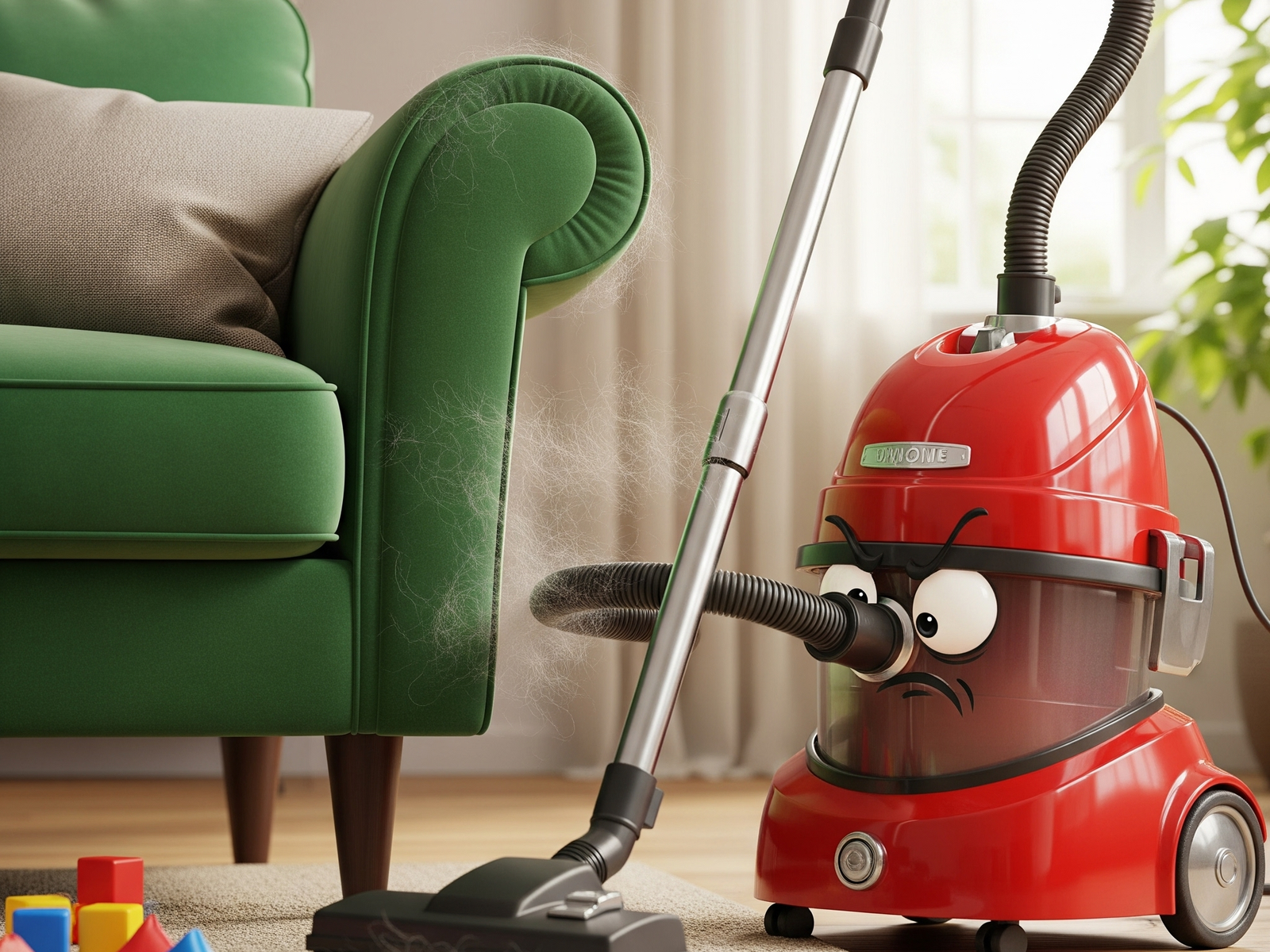
Many people think vacuuming their couch occasionally solves the problem, but most vacuums only remove surface dust. Fine allergens and bacteria cling to fabric fibers and hide inside cushions, beyond the reach of standard cleaning.
Professional upholstery cleaning, especially with hot water extraction or steam cleaning, penetrates deep to remove built-up dirt, allergens, and bacteria your regular vacuum misses.
Top Upholstery Allergy Triggers
1. Dust Mites
Microscopic dust mites feed on dead skin cells and thrive in warm, humid environments like sofas and beds. Their waste, rather than the mites themselves, triggers allergic reactions.
2. Pet Dander
Even if you don’t allow pets on the couch, their hair and skin flakes float around and settle deep into cushions, leading to allergies.
3. Mold and Mildew
In damp climates, moisture can seep into upholstery, creating a perfect environment for mold growth. Mold spores can trigger serious allergic reactions and respiratory issues.
4. Pollen
Open windows, clothes, and even pets bring in pollen, which settles on furniture. Once trapped, it can cause seasonal allergy flare-ups year-round indoors.
How to Reduce Upholstery Allergens
1. Schedule Professional Cleaning
Experts recommend professional upholstery cleaning at least every 12–18 months, or every 6–12 months if you have pets, allergies, or young kids. Steam cleaning kills dust mites and removes deeply embedded allergens.
2. Vacuum Weekly with a HEPA Filter
A vacuum with a HEPA filter traps smaller allergen particles instead of blowing them back into the air. Focus on seams, under cushions, and between seat backs.
3. Use Washable Slipcovers
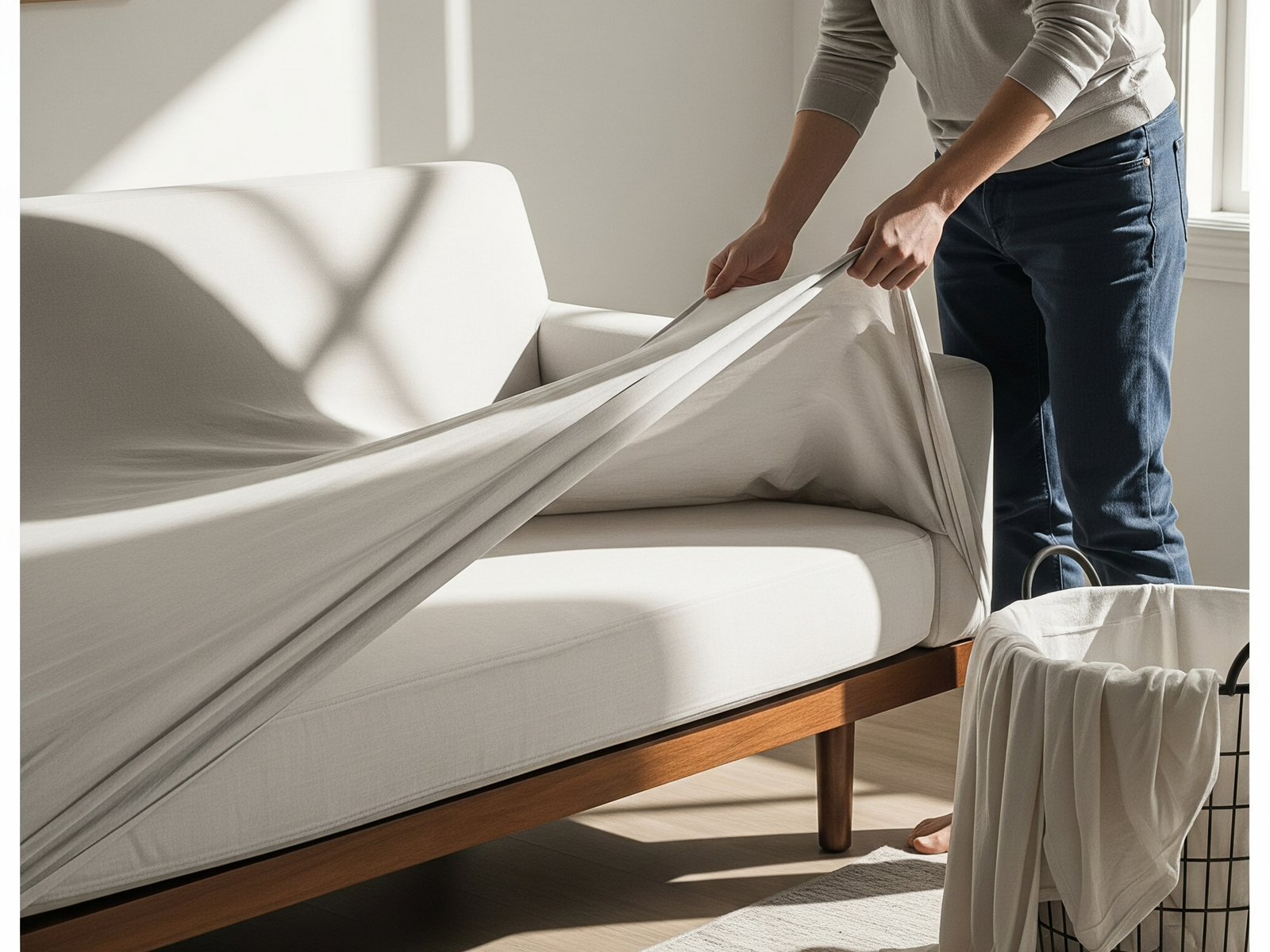
Slipcovers and throws can be removed and washed regularly, providing a protective barrier and making cleaning easier.
4. Control Humidity
Keep indoor humidity between 40–50% to discourage dust mites and mold. A dehumidifier can help in damp climates.
5. Keep Pets Off Furniture
While it’s tough to say no to a cuddly pet, limiting their access to upholstered furniture significantly reduces allergens.
When to Call a Professional Immediately
- Visible mold or mildew stains
- Persistent odors even after vacuuming
- Noticeably worsened allergy or asthma symptoms at home
- Furniture hasn’t been deep-cleaned in more than two years
Professionals have specialized equipment and cleaning solutions that kill bacteria, remove allergens, and refresh fabric safely.
Upholstery Maintenance Cheat Sheet
| Task | Recommended Frequency |
|---|---|
| Vacuum with HEPA filter | Weekly |
| Rotate and fluff cushions | Weekly |
| Wash slipcovers/throws | Monthly (or as needed) |
| Professional cleaning | Every 6–18 months |
| Inspect for mold/mildew | Every few months |
Conclusion
Your sofa should be a safe, comfortable place to relax, not a hidden source of allergies and illness. By understanding what’s hiding inside your couch and investing in routine professional cleaning, you protect your family’s health and extend the life of your furniture. So ask yourself: Is your couch making you sick? If so, now’s the perfect time to act. Contact us today!

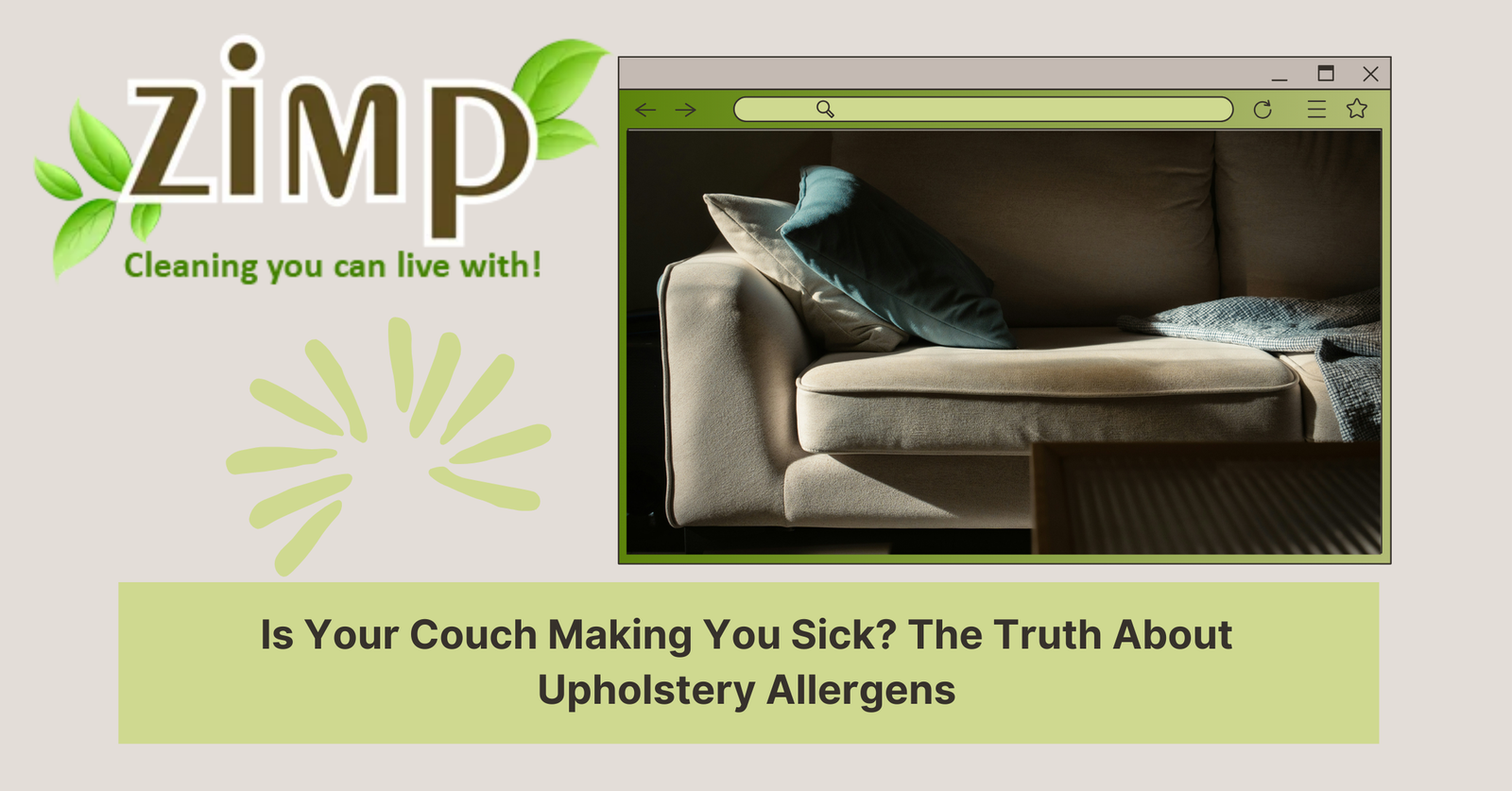
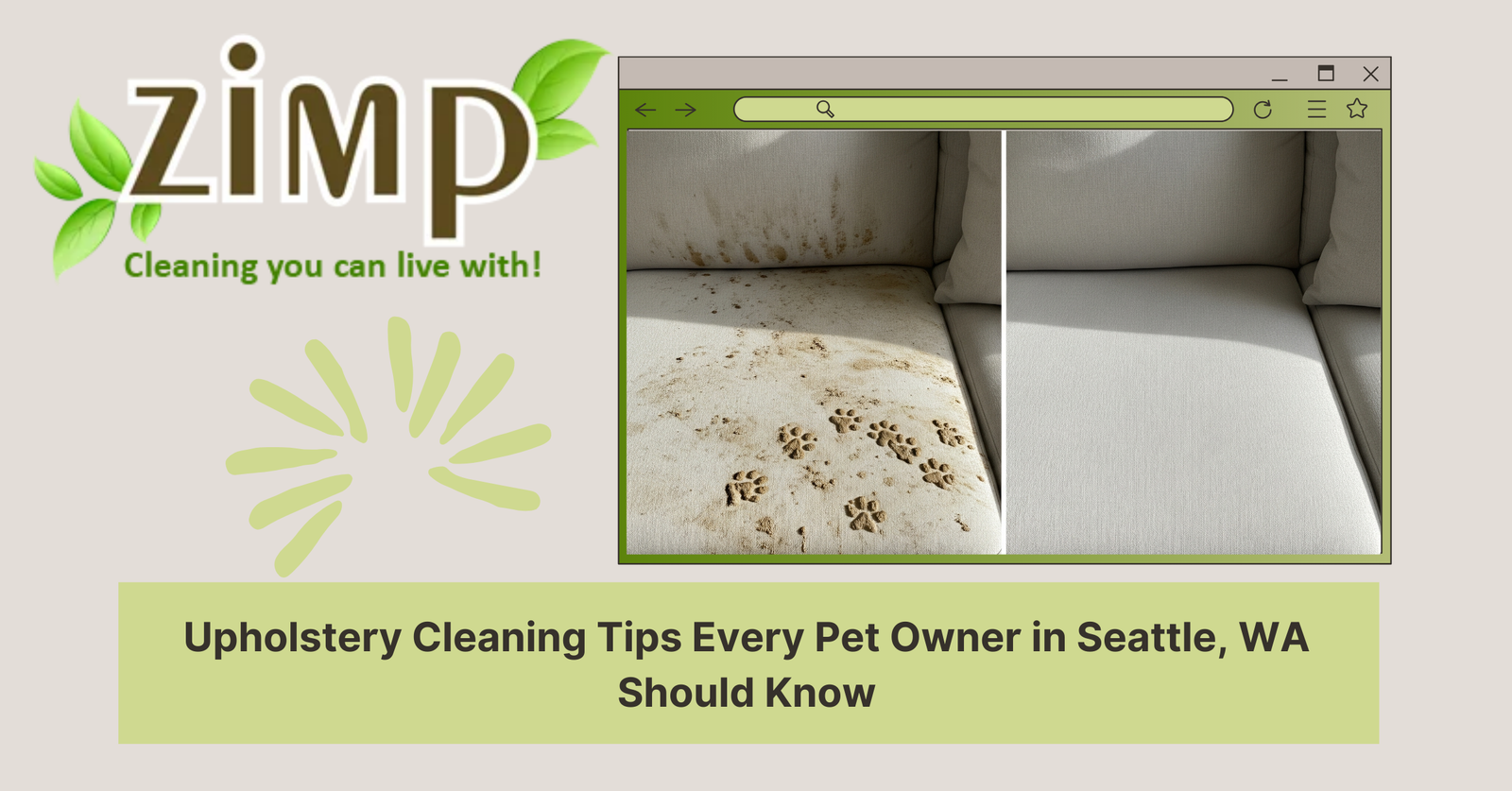
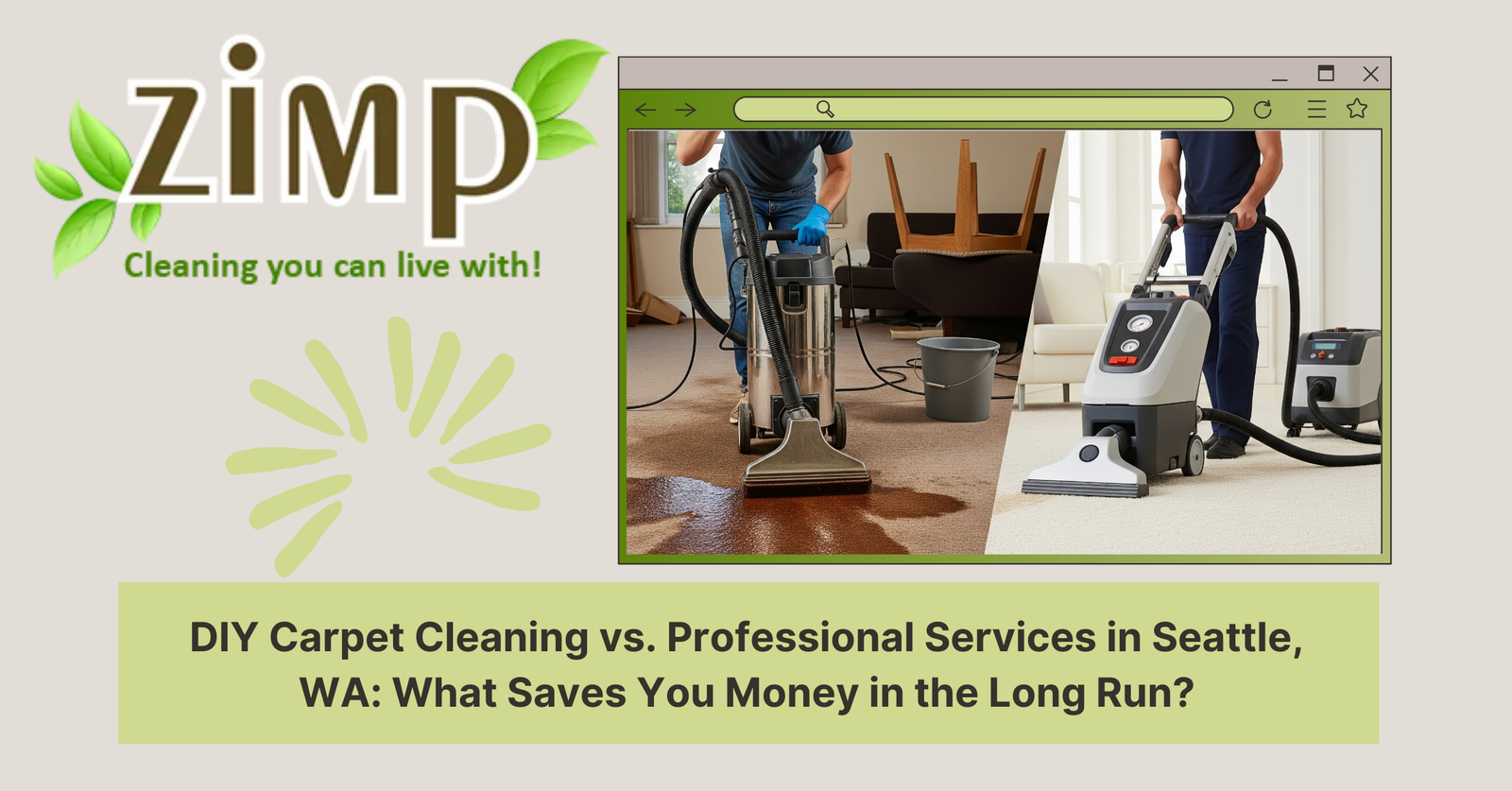
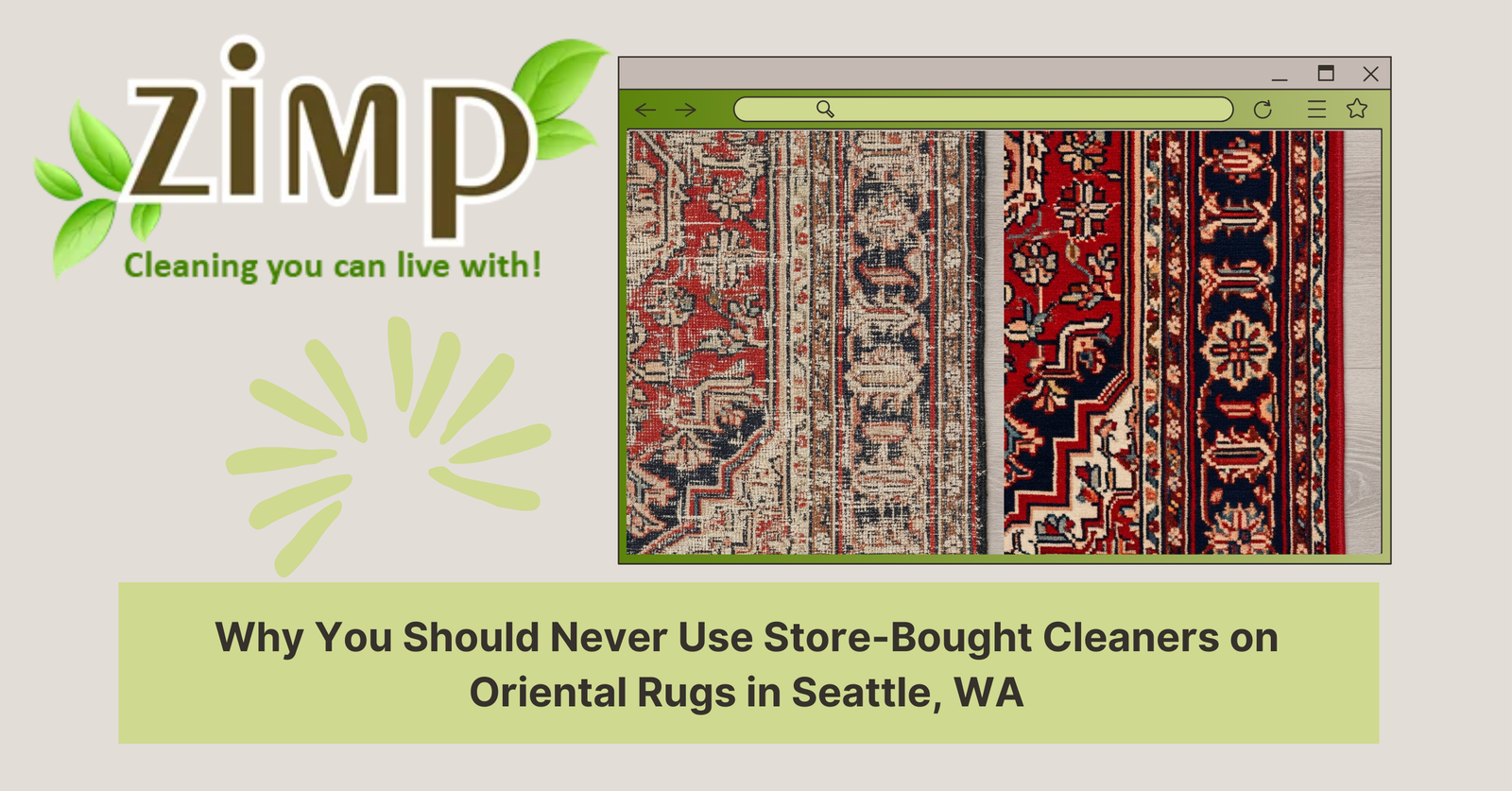

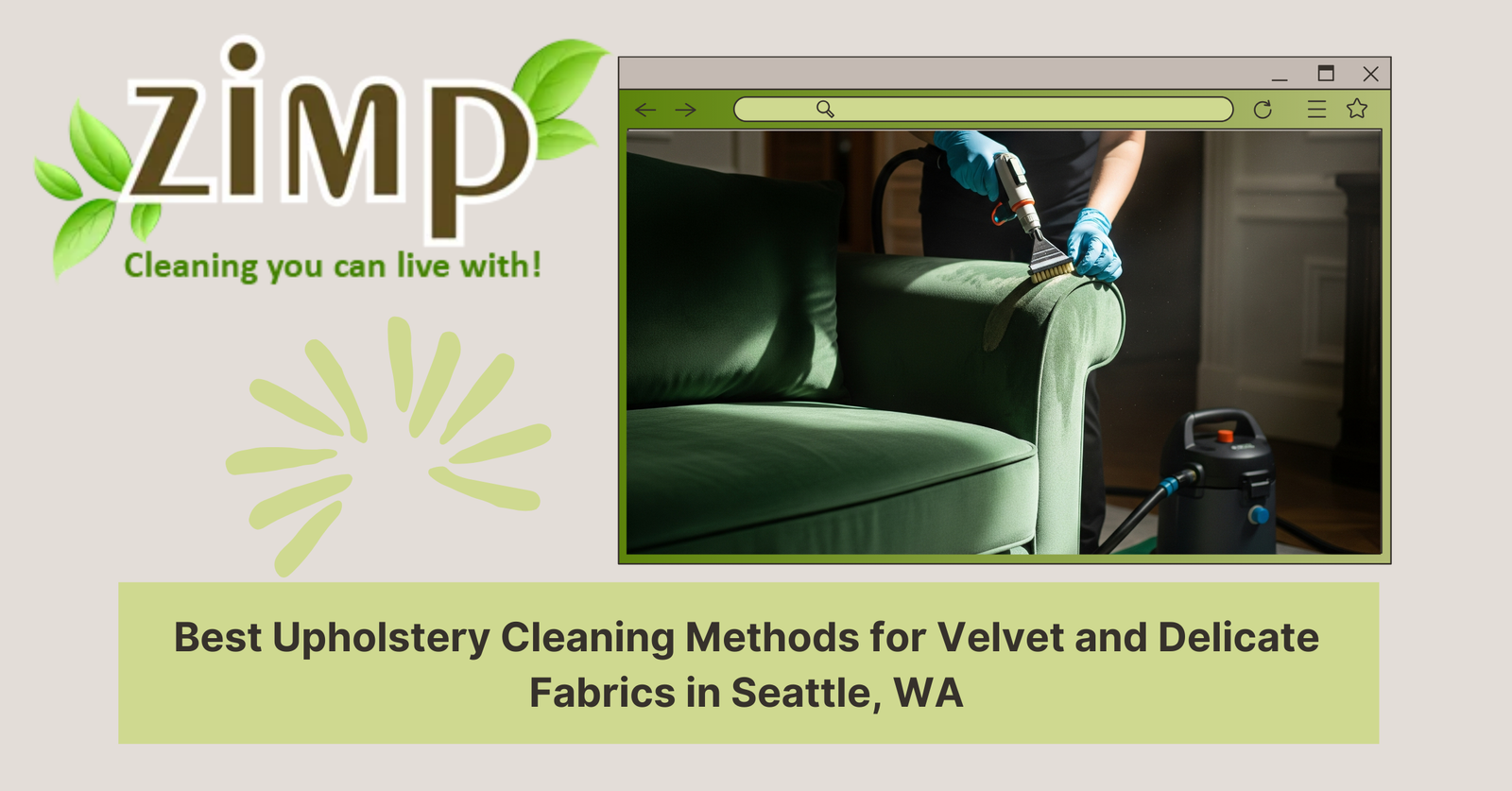
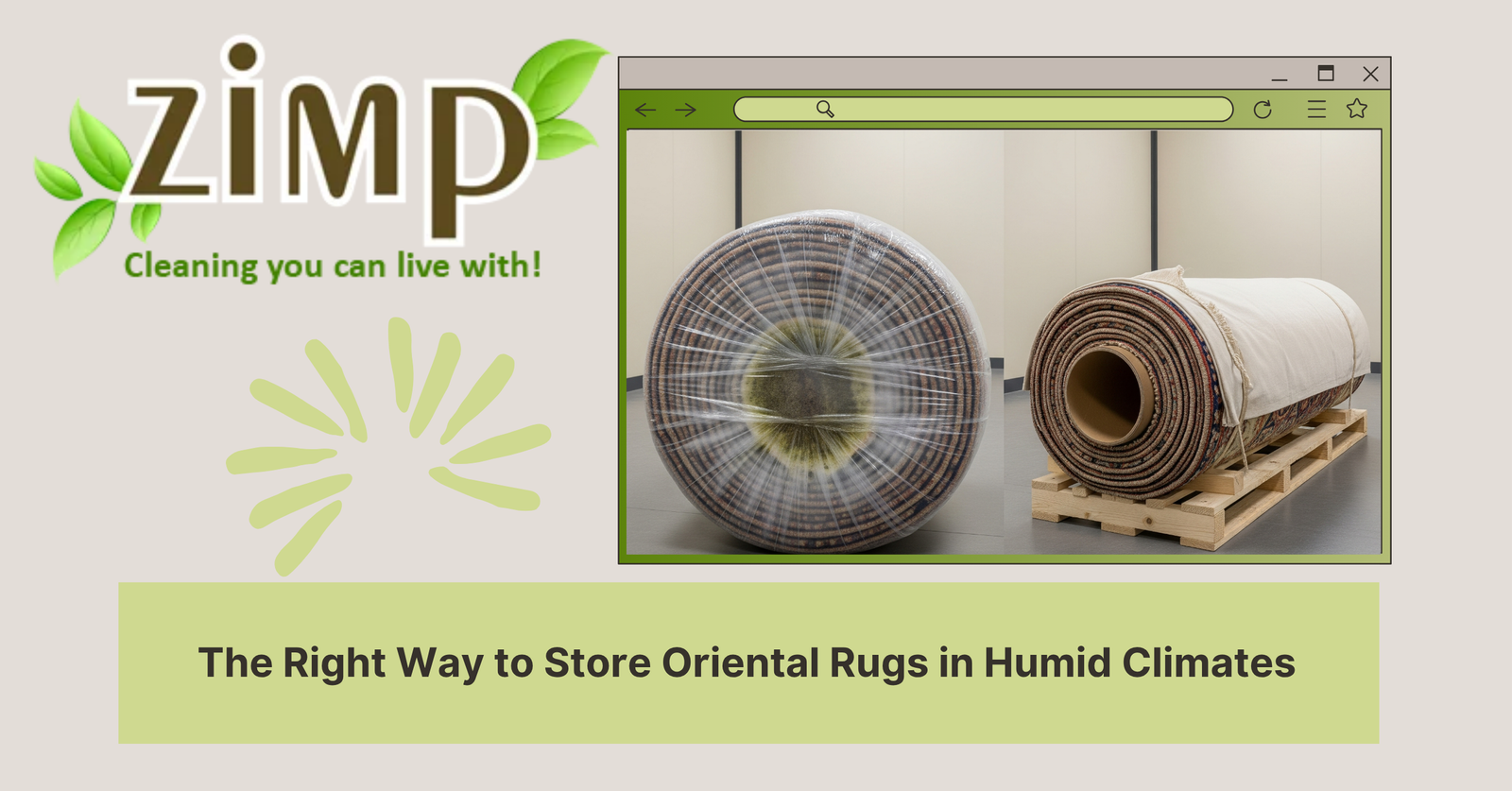
One Response